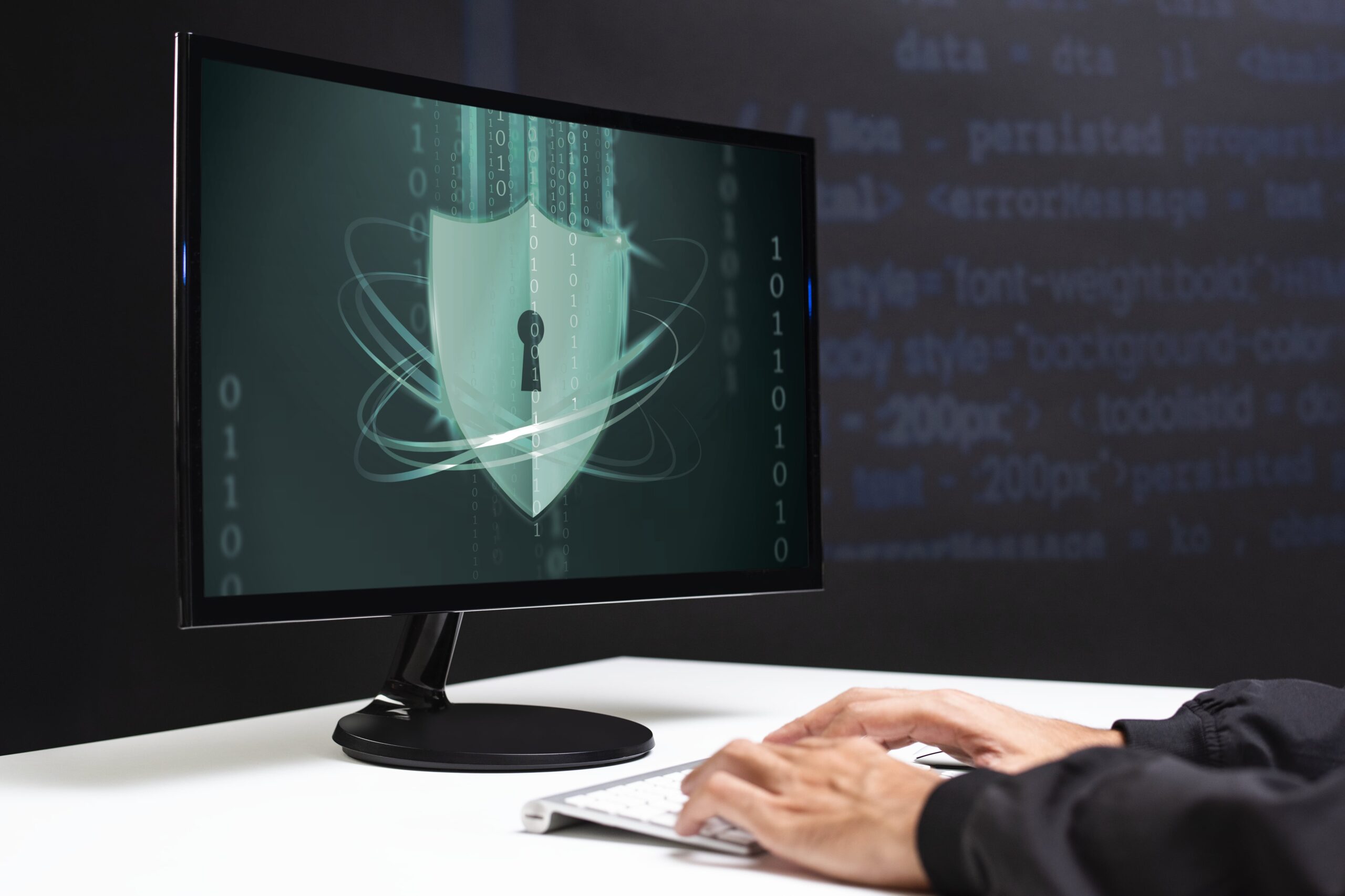In the realm of product testing for manufacturers, the Laboratory Information Management System (LIMS) has become an indispensable tool, streamlining processes, enhancing productivity, and ensuring data integrity. However, as laboratories increasingly digitalize their operations, the importance of safeguarding sensitive data against unauthorized access, breaches, and leaks has become crucial. This blog post goes into the details of LIMS security, exploring strategies to improve LIMS data security and maintain the confidentiality of laboratory operations.
Understanding LIMS and Its Importance
LIMS serves as the technological backbone for modern laboratories, managing samples, associated data, workflows, and communications across various departments interacting with the lab. By centralizing data capture and communication, LIMS enhances efficiency, accuracy, and reproducibility. Nevertheless, the digital nature of LIMS also poses potential vulnerabilities, making LIMS data security and confidentiality crucial concerns for laboratories.
The Stakes of LIMS Data Security
The data managed by LIMS often encompasses sensitive information, including product testing records, proprietary research data, and critical quality control measures. Unauthorized access or exposure of such data can lead to significant consequences, including:
- Legal Repercussions: Breaches of confidential data or data mishandling can result in violations of data protection laws, leading to hefty fines and legal actions.
- Loss of Trust: Confidentiality breaches can erode the trust between laboratories and their clients and damage company reputations.
- Intellectual Property Theft: In the context of research and development, unauthorized access to proprietary data can result in intellectual property theft, compromising competitive advantage and financial returns.
Pillars of LIMS Data Security
To mitigate these risks, laboratories must adopt a multifaceted approach to LIMS security, emphasizing the following pillars:
1. Access Control
Implementing robust access control mechanisms is fundamental to LIMS data security. This involves:
- Authentication: Ensuring that only authorized users can log in to the LIMS, typically through secure passwords.
- Authorization: Defining user roles and permissions to limit access to sensitive data and functionalities based on necessity, thus enforcing the principle of least privilege.
2. Data Encryption
Encrypting data both at rest and in transit protects it from being intercepted or accessed by unauthorized parties. Encryption transforms data into a coded format that can only be deciphered with the correct key, securing data even in the event of a breach.
3. Audit Trails
Maintaining comprehensive audit trails enables laboratories to monitor and review access and changes to data within the LIMS. This not only aids in detecting unauthorized activities but also supports compliance with regulatory requirements by providing a transparent record of data handling.
4. Regular Security Assessments
Continuous evaluation of LIMS security through vulnerability assessments help identify and mitigate potential weaknesses. Keeping abreast of new threats and adapting security measures accordingly is crucial for enduring protection.
5. Training and Awareness
Human error remains a significant vulnerability in data security. Regular training and awareness programs for all LIMS users can cultivate a culture of security, emphasizing the importance of strong passwords, recognizing phishing attempts, and following best practices for data confidentiality.
Overcoming Challenges in LIMS Security
Implementing comprehensive LIMS data security measures is not without challenges. These include:
- Complex Integration: LIMS often need to integrate with a variety of other systems and instruments, each potentially introducing security vulnerabilities.
- Evolving Threats: Cyber threats are constantly evolving, requiring laboratories to continuously update their security practices and technologies.
- Resource Constraints: Especially for smaller laboratories, the financial and personnel resources required to implement and maintain high-level security measures can be daunting.
Despite these challenges, the investment in robust LIMS data security measures is indispensable, not only for protecting sensitive data but also for ensuring the integrity and reliability of laboratory operations.
Conclusion
In the digital age, the security and confidentiality of laboratory data managed by LIMS are of paramount importance. By embracing a holistic approach to security, centered on access control, encryption, audit trails, regular assessments, and user training, laboratories can safeguard their data against the ever-evolving landscape of cyber threats. Ultimately, the commitment to LIMS data security is a commitment to maintaining the trust and confidence of clients reinforcing the foundational principles of testing integrity and confidentiality.
Ready to take the next step in securing your laboratory data? Book a demo today to learn more about how LIMSey’s advanced LIMS system can protect your valuable data and uphold the highest standards of security and confidentiality.

